Active
The latest Active breaking news, comment, reviews and features from the experts at T3
Explore Active
-
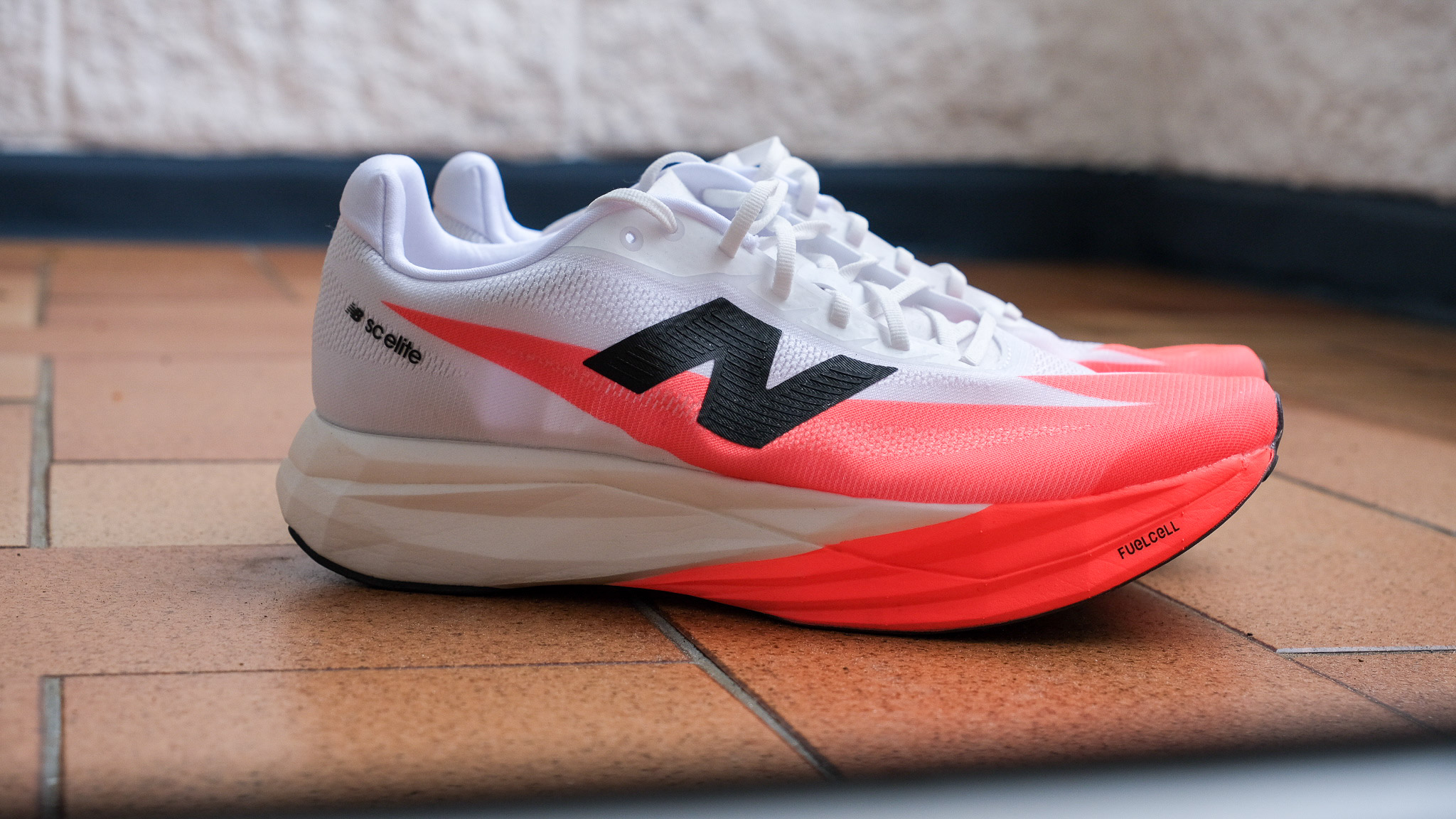
New Balance FuelCell SuperComp Elite v5 review: Lightweight super shoe with real race day power
New Balance’s latest FuelCell racer fixes old issues with better grip, comfort and propulsion in a lighter package
By Matt Kollat Published
-
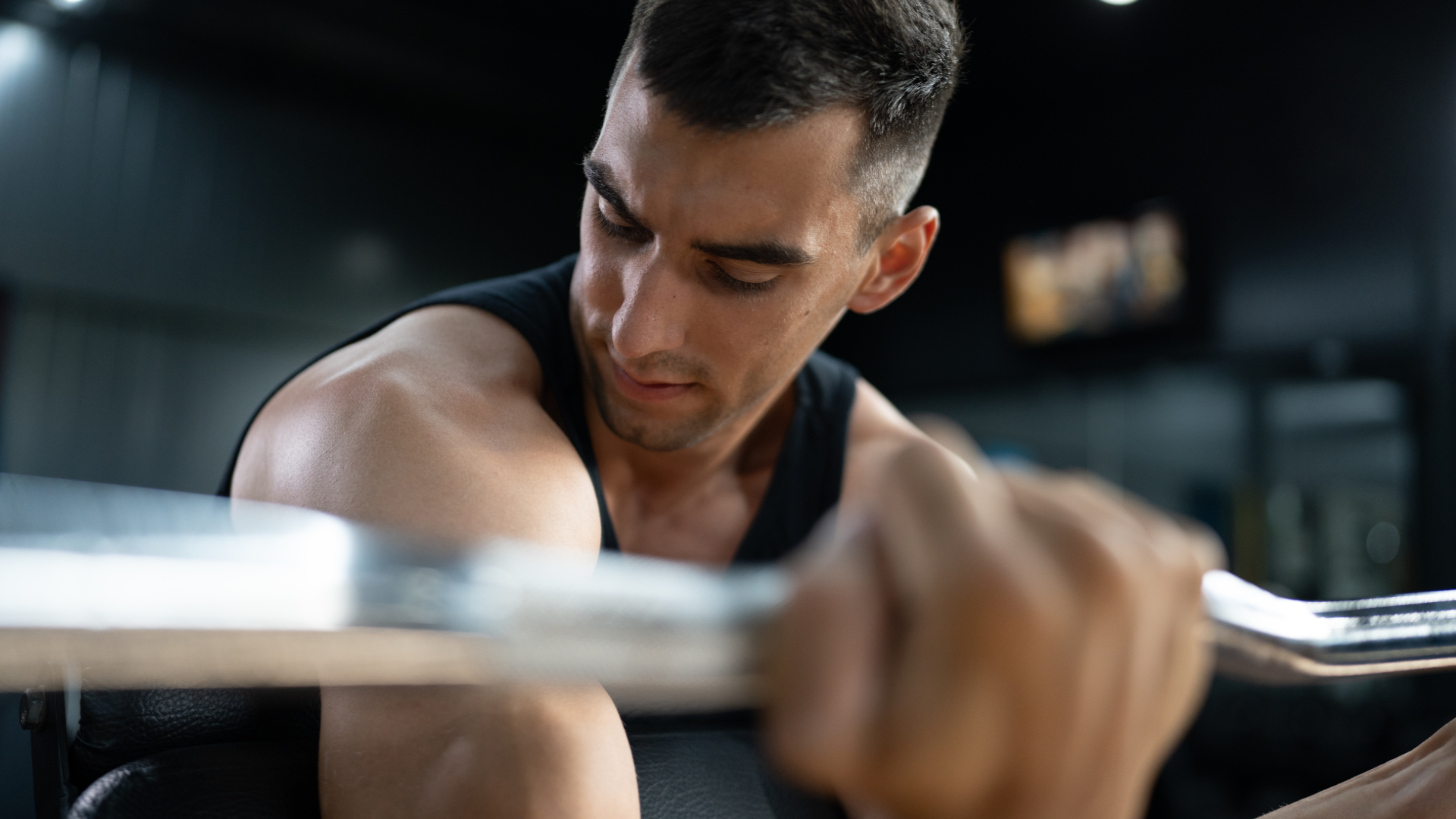
Five exercise swaps you should consider for more muscle growth, says a fitness expert
Swap these five gym-floor staples for these more hypertrophy-driven exercises instead
By Bryony Firth-Bernard Published
-
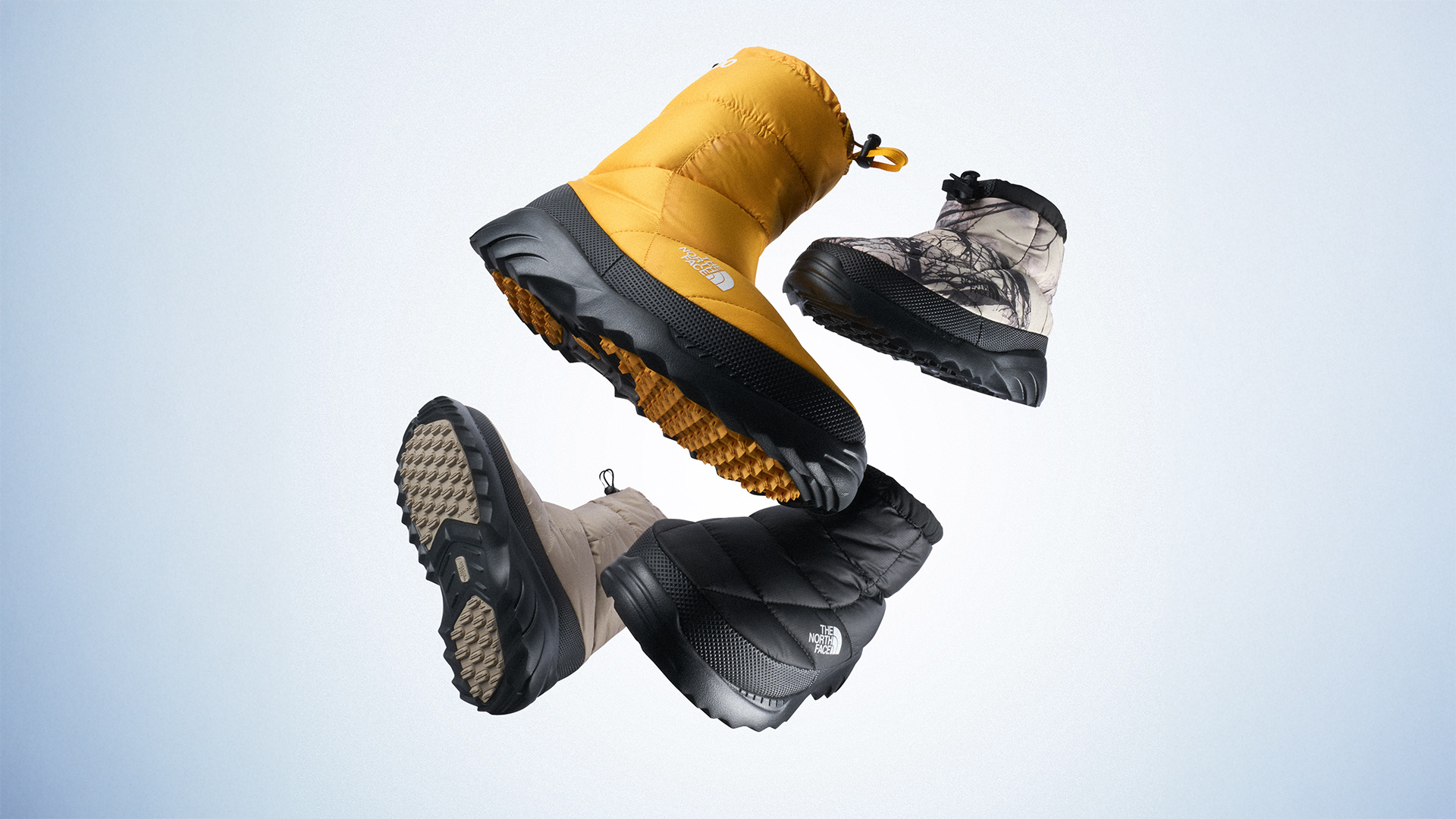
The North Face’s new Basecamp range looks like a Nuptse jacket for your feet
Down-inspired warmth meets expedition-ready toughness
By Matt Kollat Published
-
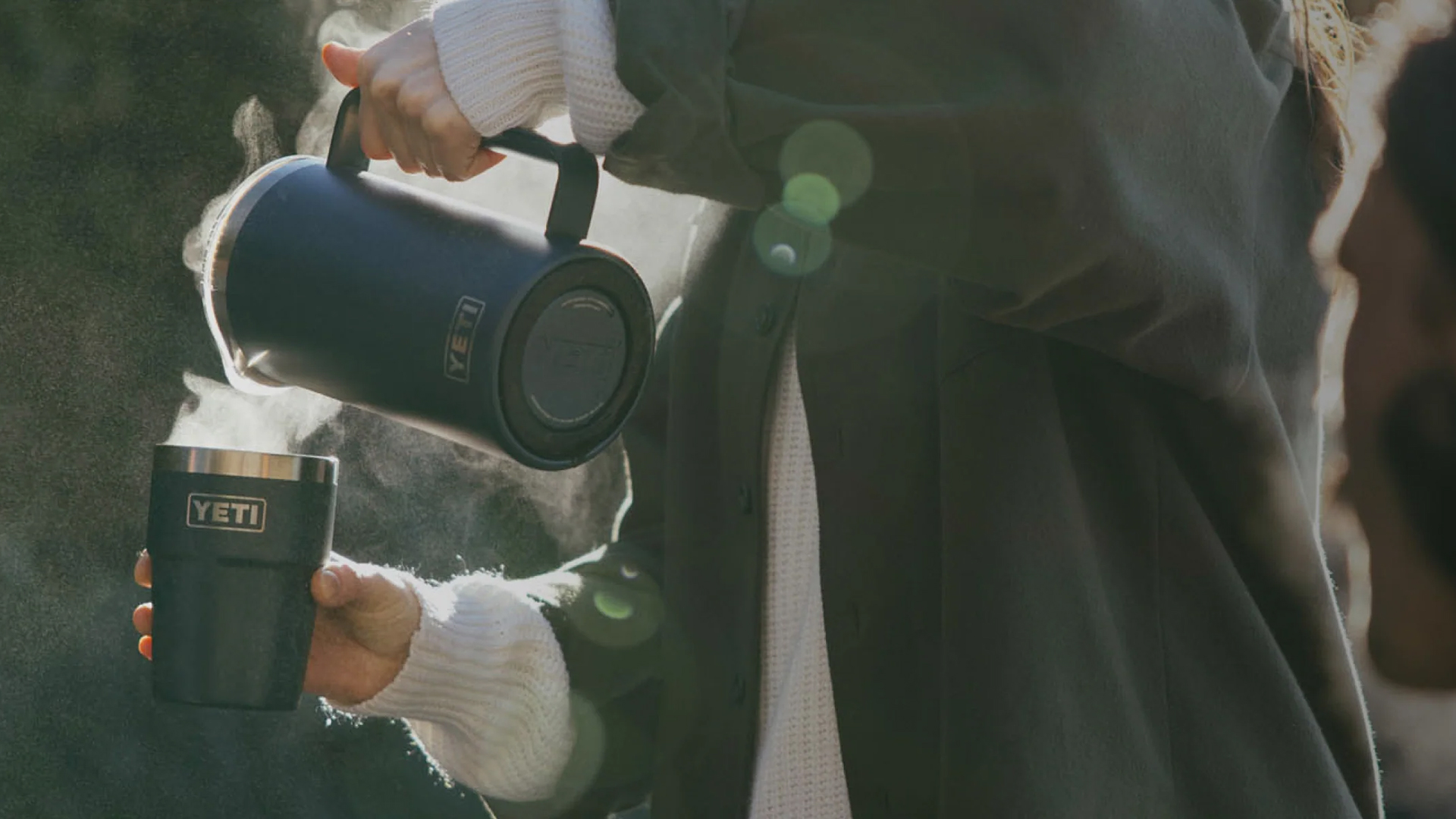
YETI says its $38 million gamble will hit the market in 2025, but it's running out of time
YETI promised a massive year of product launches, but with 2025 nearly over, its highly anticipated Shaker Bottle is still MIA
By Matt Kollat Published
-
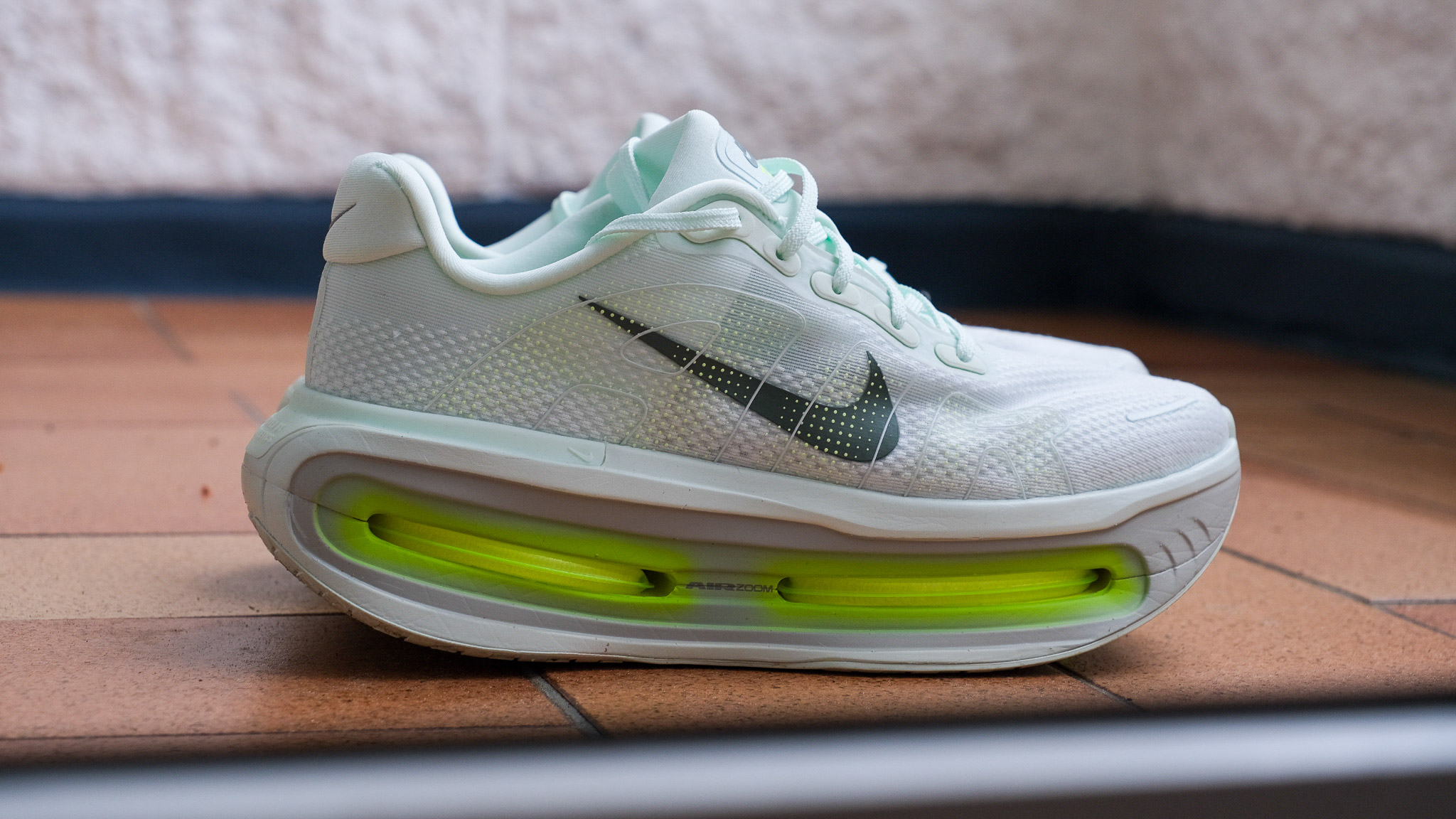
Nike Vomero Premium review: ZoomX foam takes cushioning to extremes
Nike’s tallest and plushest running shoe yet delivers cloud-soft comfort and bounce in equal measure, but at a premium price
By Matt Kollat Published
-
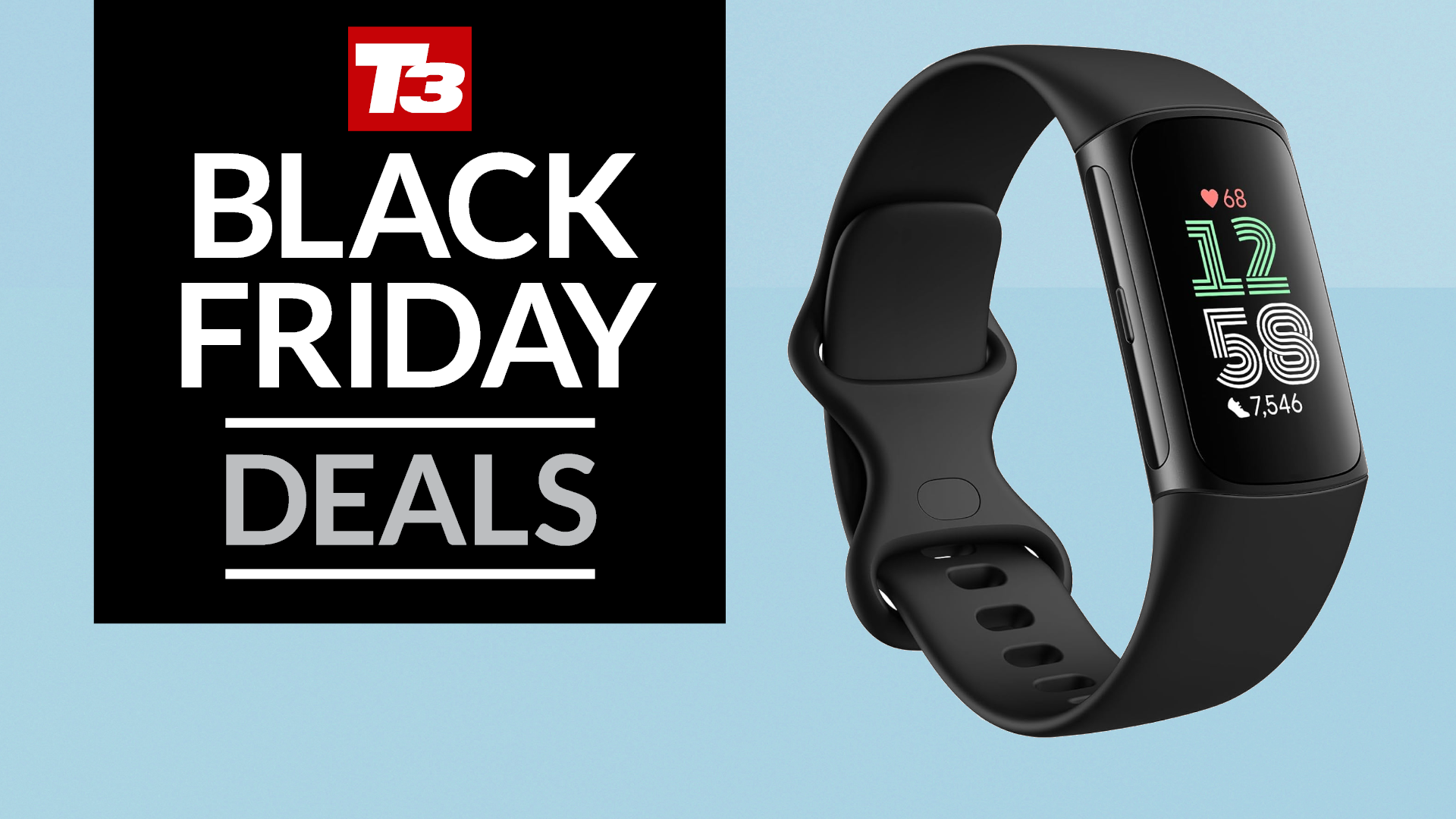
Fitbit’s leading heart-rate tracker is at its cheapest price for Black Friday
This is the best Fitbit you can get your hands on – and it's dirt cheap
By Bryony Firth-Bernard Published
-
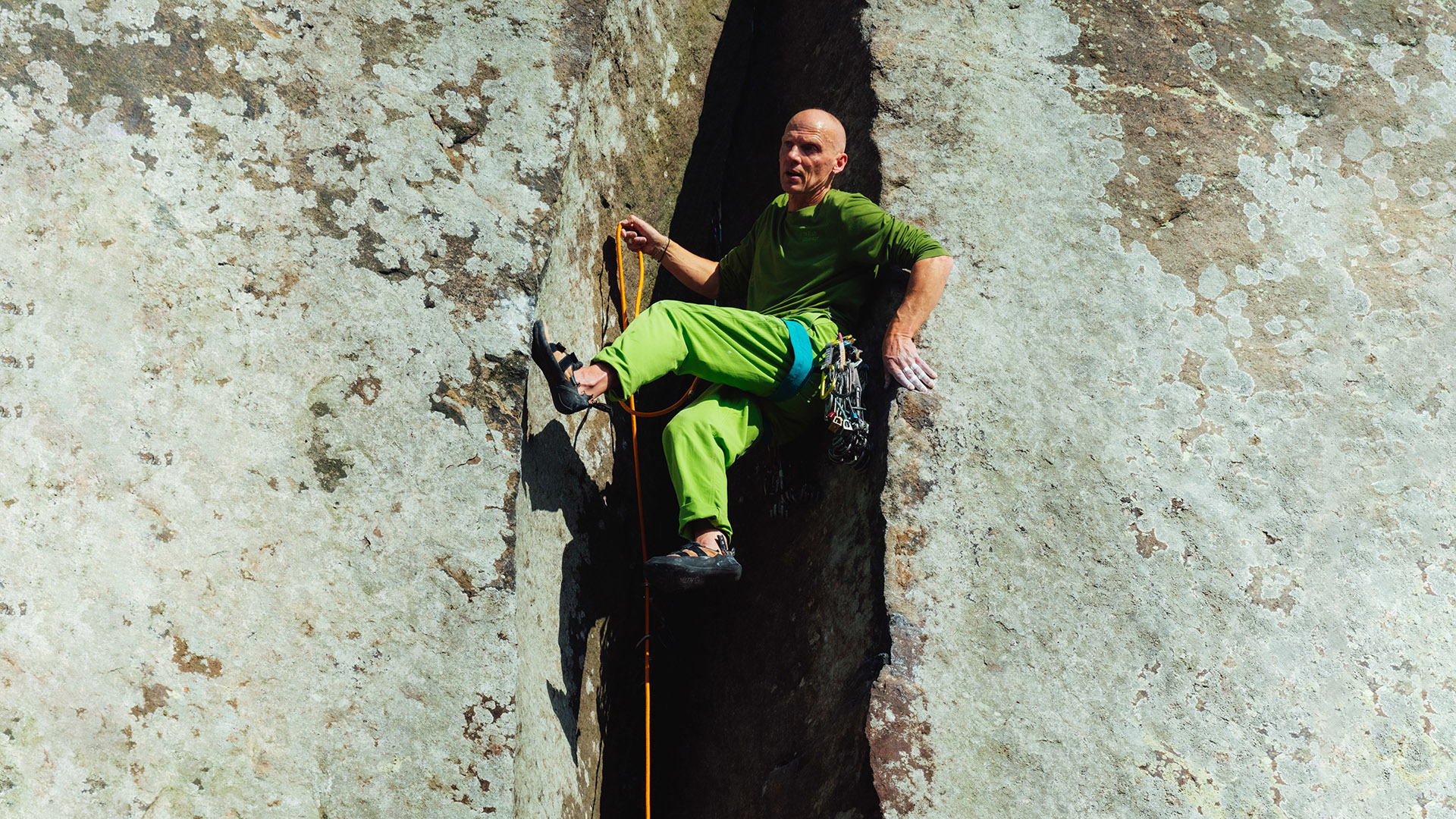
Rab joins forces with Gramicci for a climbing collab steeped in 1980s counterculture
British mountain gear meets Californian climbing cool in a limited-edition collab celebrating the golden age of climbing
By Matt Kollat Published
-
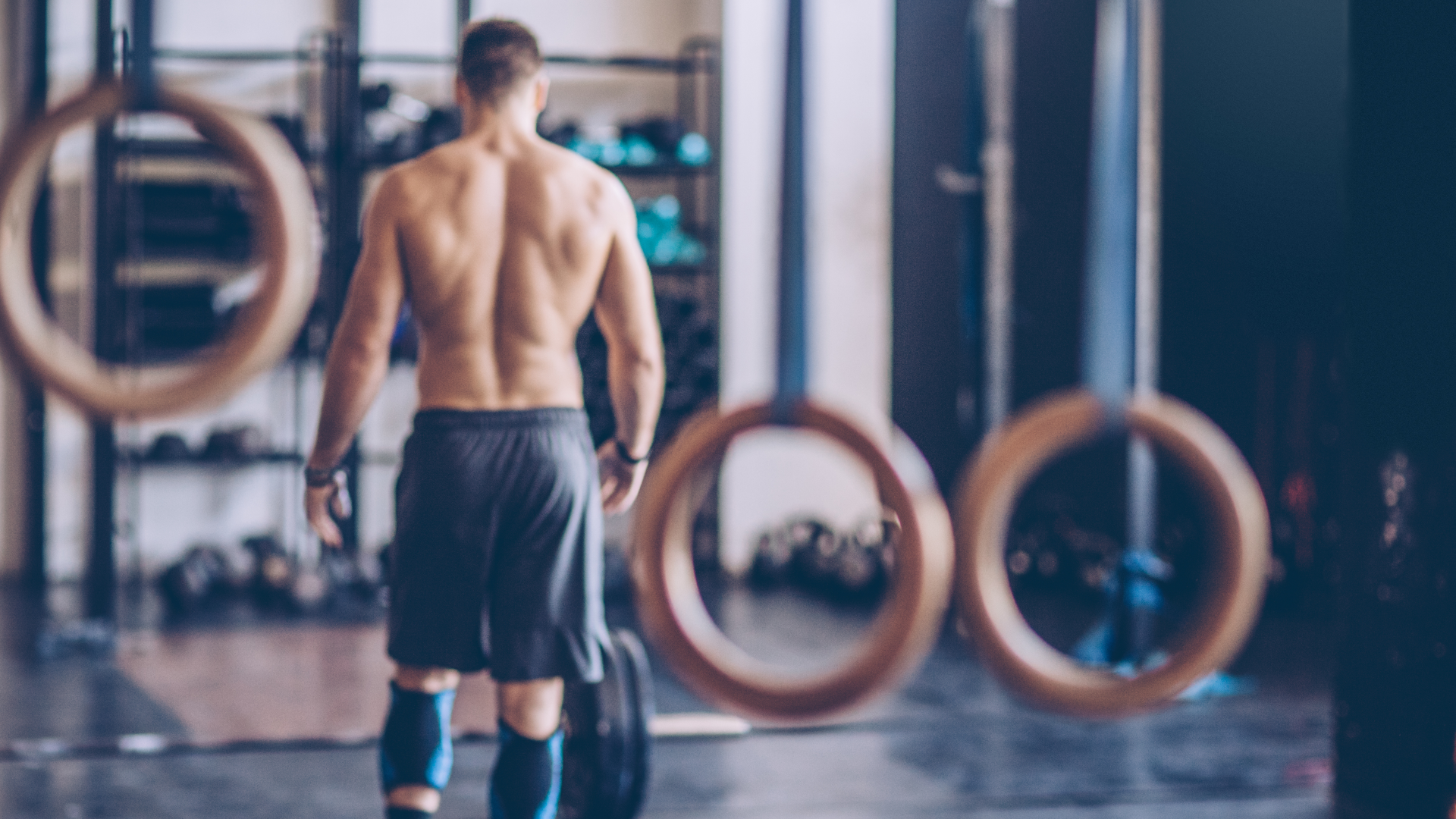
The only two exercises you need for more back muscle, according to a strength expert
And it’s not the barbell row or pull-up
By Bryony Firth-Bernard Published
-

Victorinox just reinvented the Swiss Army Knife for the everyday carry generation
The Alox Refined range introduces locking blades, pocket clips and skeletonised scales to Victorinox’s iconic design
By Matt Kollat Published
-
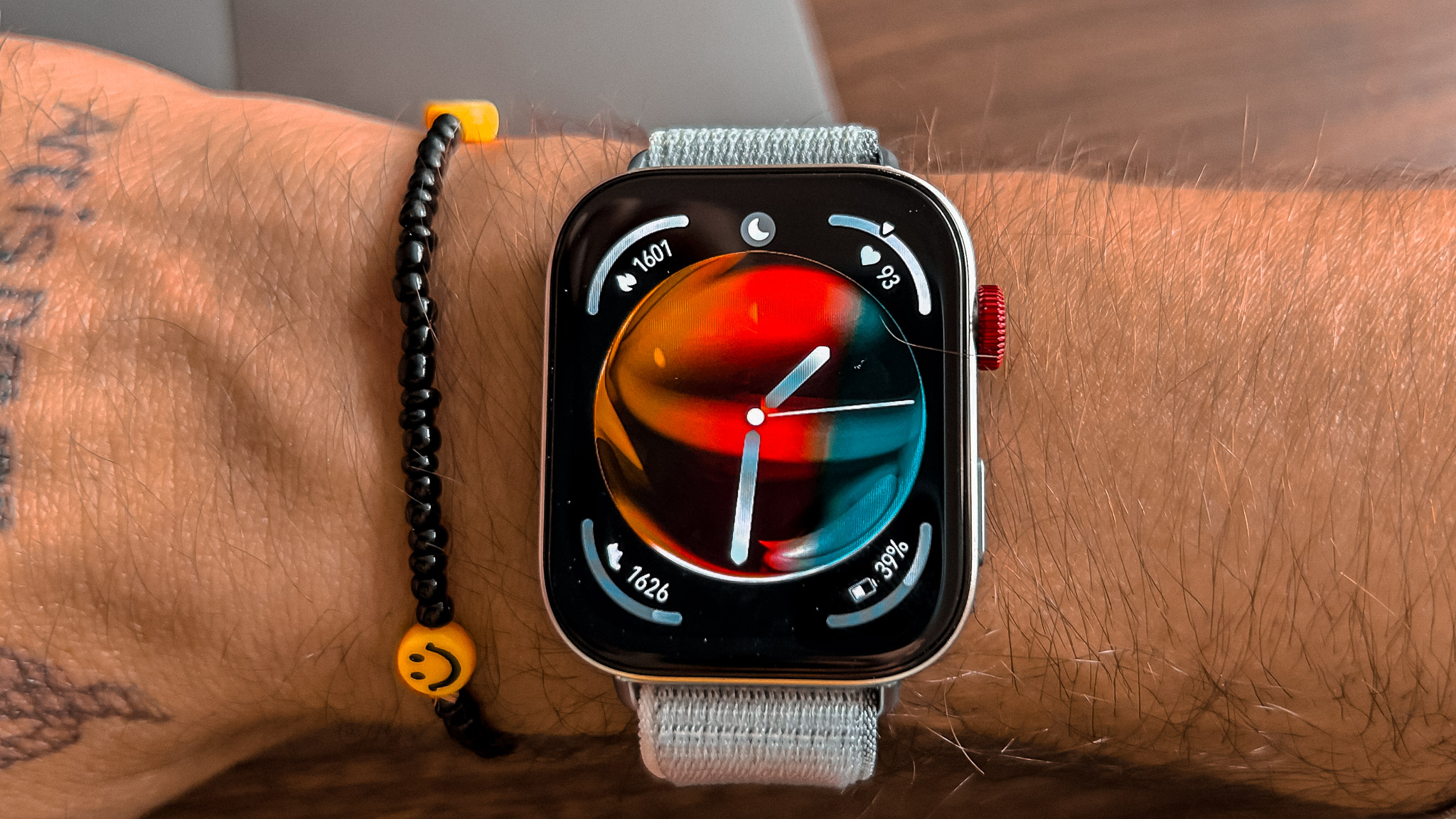
A smartwatch I actually recommend is now only £69 ahead of the Black Friday sales rush
The Huawei Watch Fit 3 is incredibly affordable right now
By Matt Kollat Published
-

Dometic TRT 120E review: Rooftop luxury that pops up at the push of a button
Electric convenience meets rugged durability in Dometic's techy rooftop tent
By Matt Buckley Last updated
-
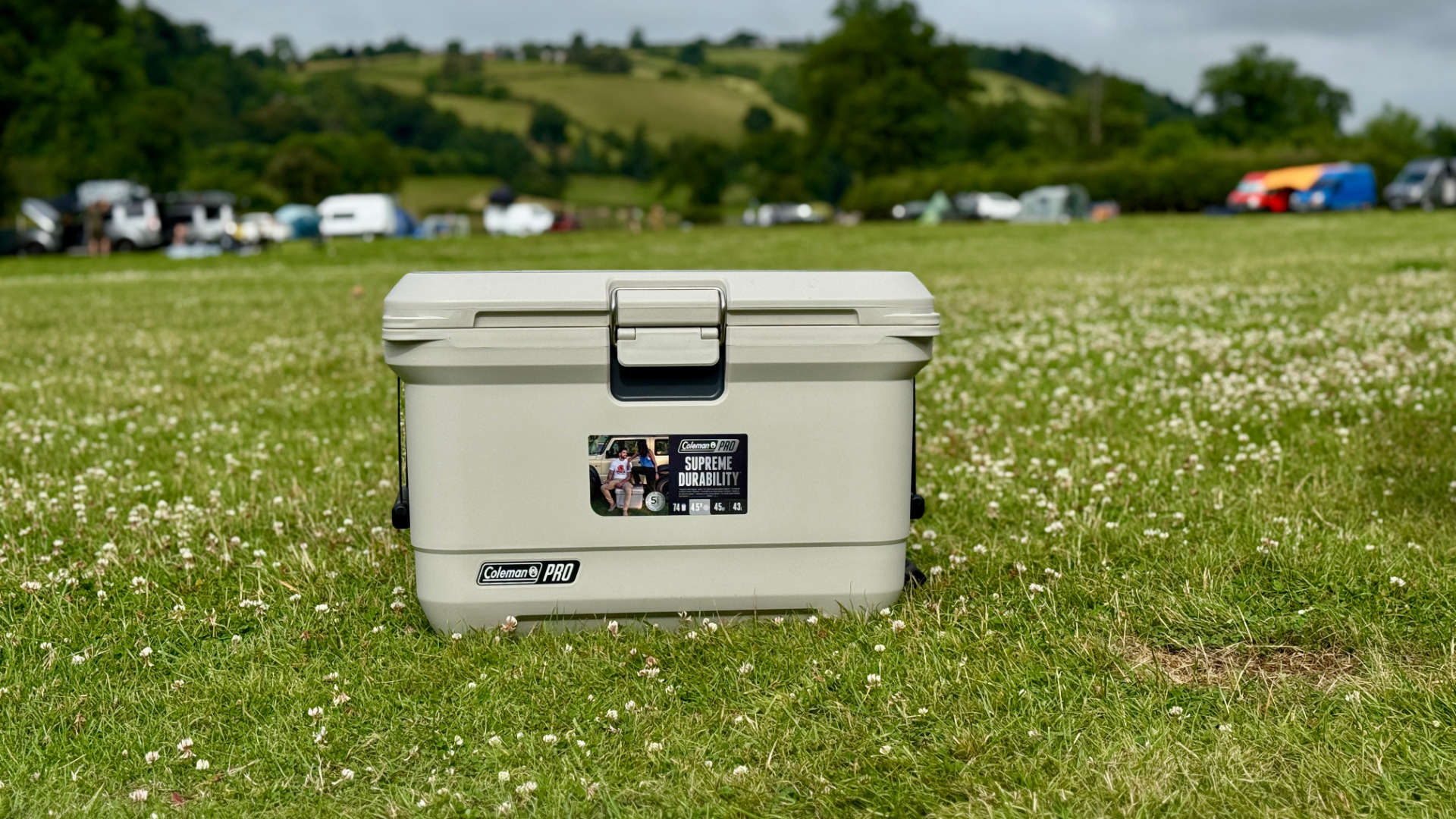
Coleman Pro 45 QT Cooler Box review: serious cooling power for camping and beach parties
An impressive high-performance cooler that goes the distance
By Derek Adams Last updated
-
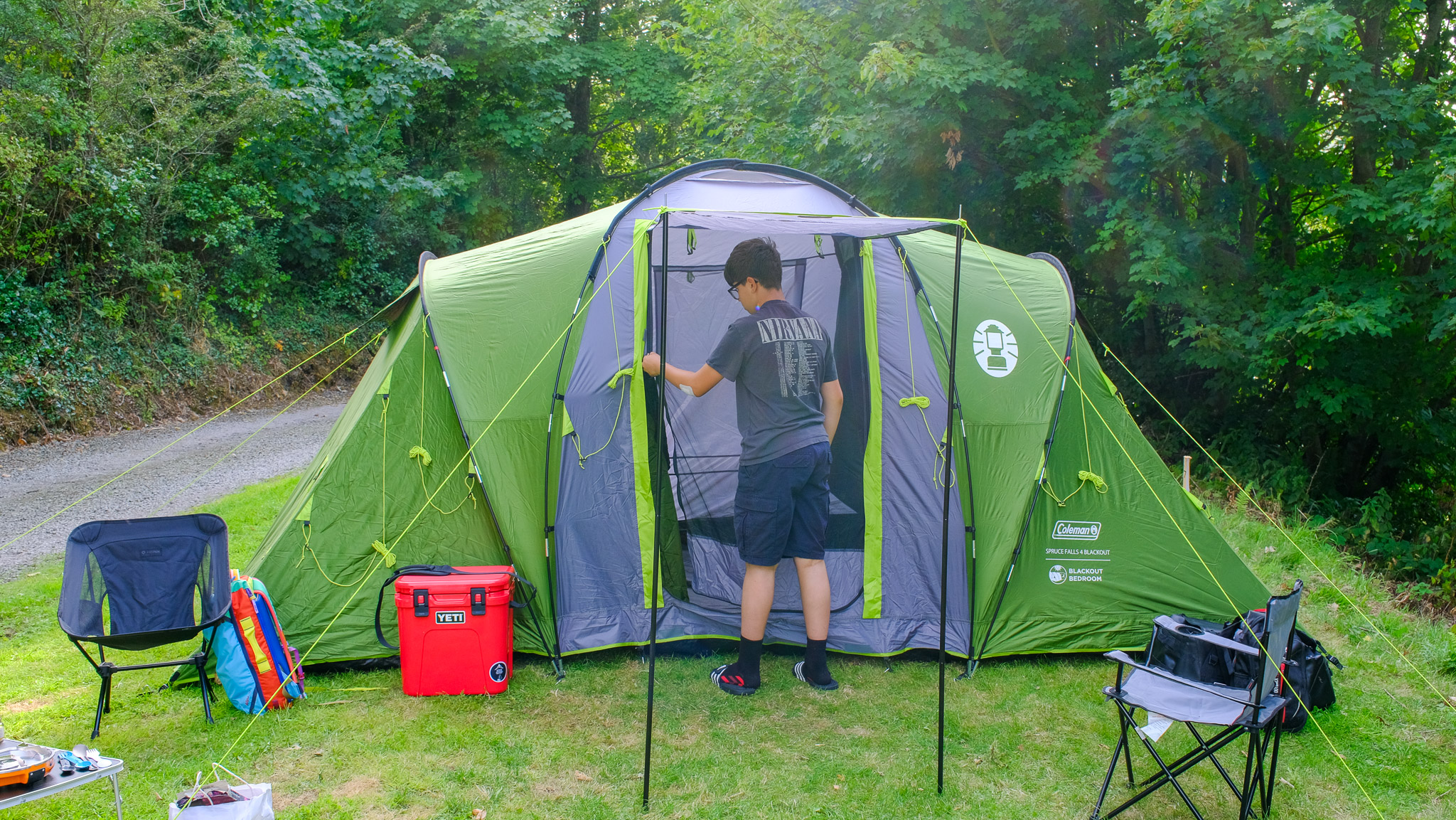
Coleman Spruce Falls 4 BlackOut Tent review: blackout bedrooms, big living space, some flaws
From darkened bedrooms to awkward skylight covers, here’s how Coleman’s Spruce Falls 4 held up on a week of camping
By Matt Kollat Last updated
-
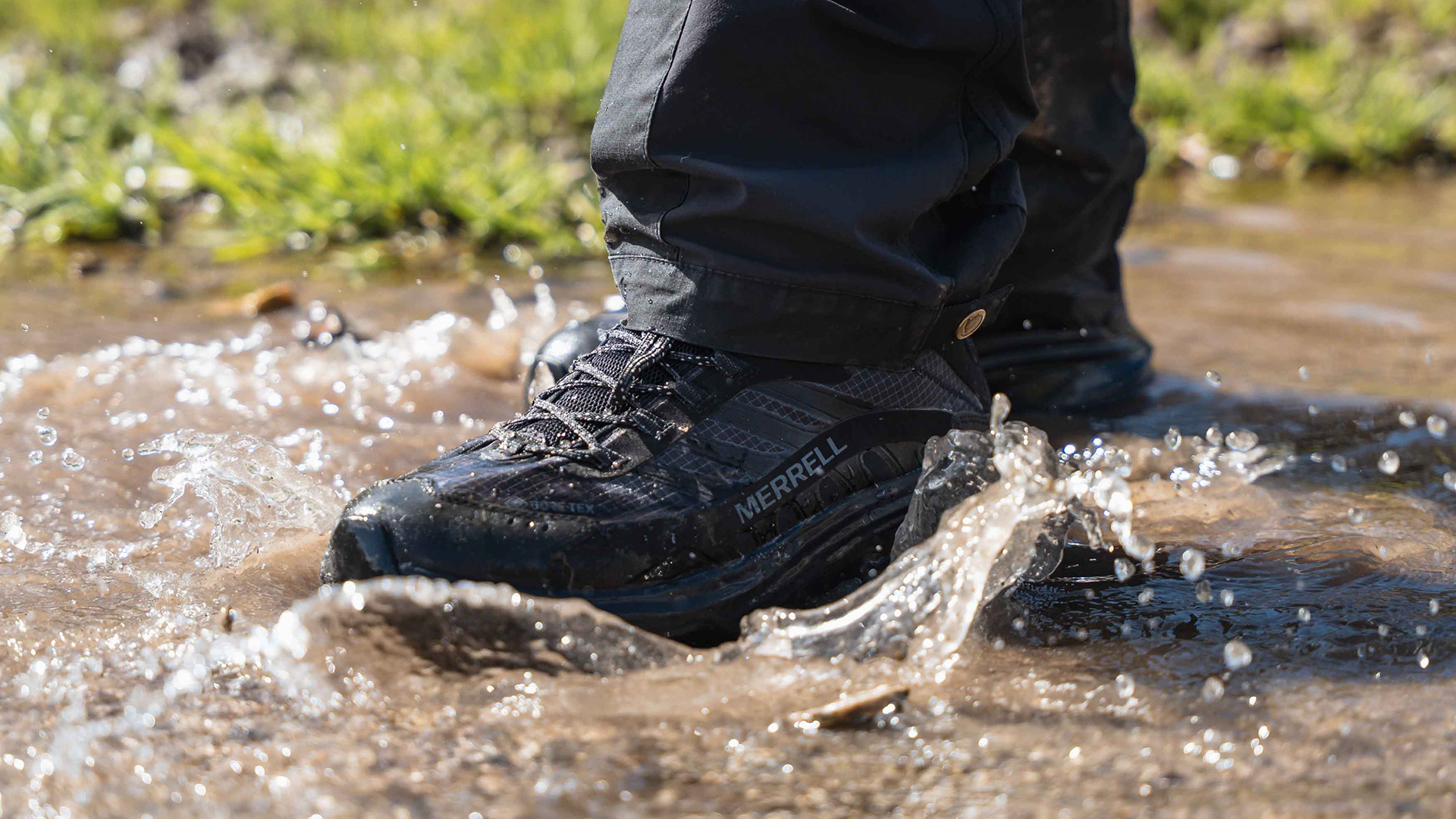
Merrell Moab Speed 2 Mid review: comfort king of the crossover boots
A lightweight, cushioned hybrid that finally gives this in-between style a purpose
By Matt Buckley Last updated
-
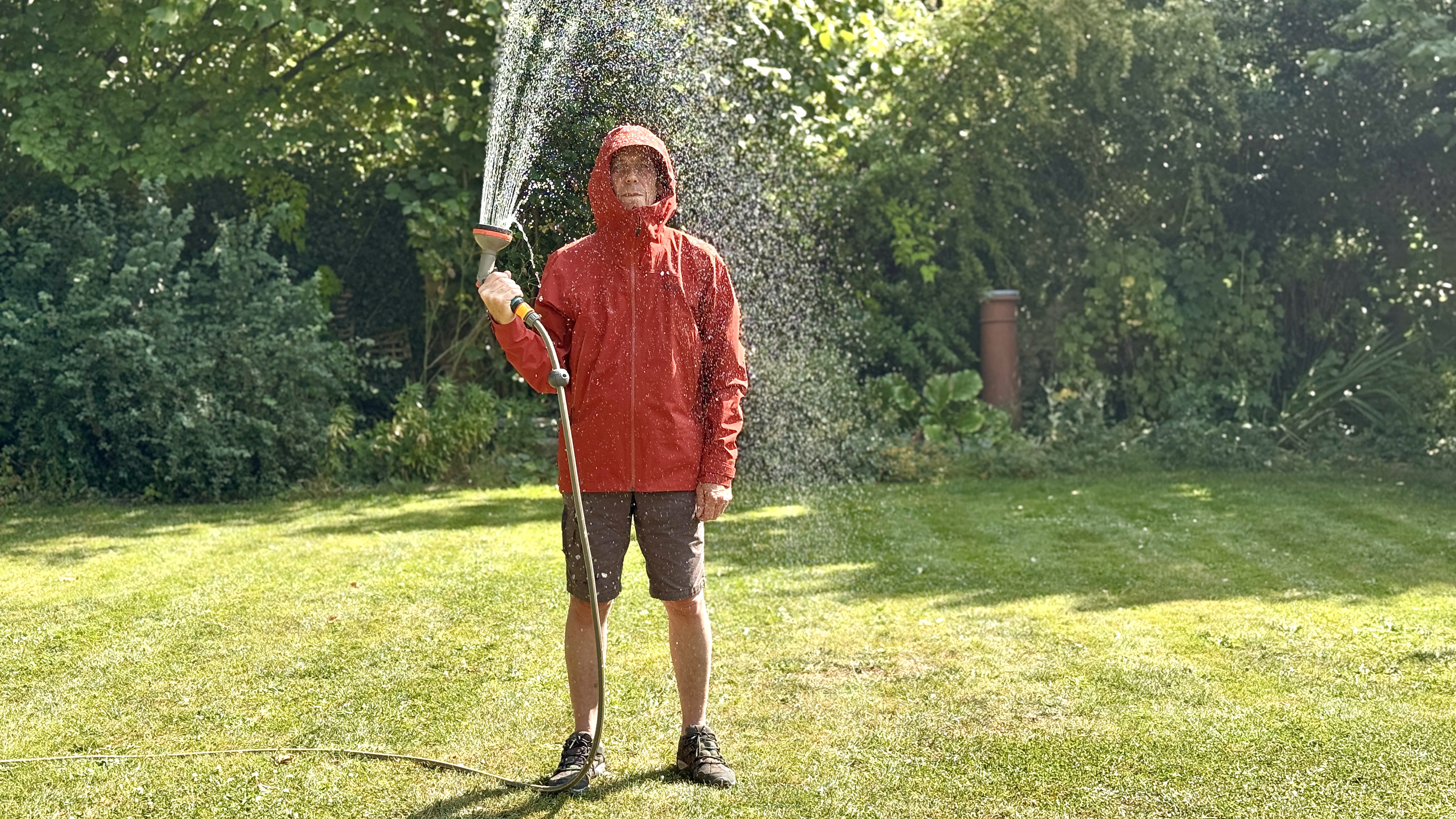
Rab Firewall Light Waterproof Jacket review: this Proflex shell outperforms GORE-TEX
The rainproof Rab Firewall Light is just the ticket for all your two-season adventures
By Derek Adams Last updated
-
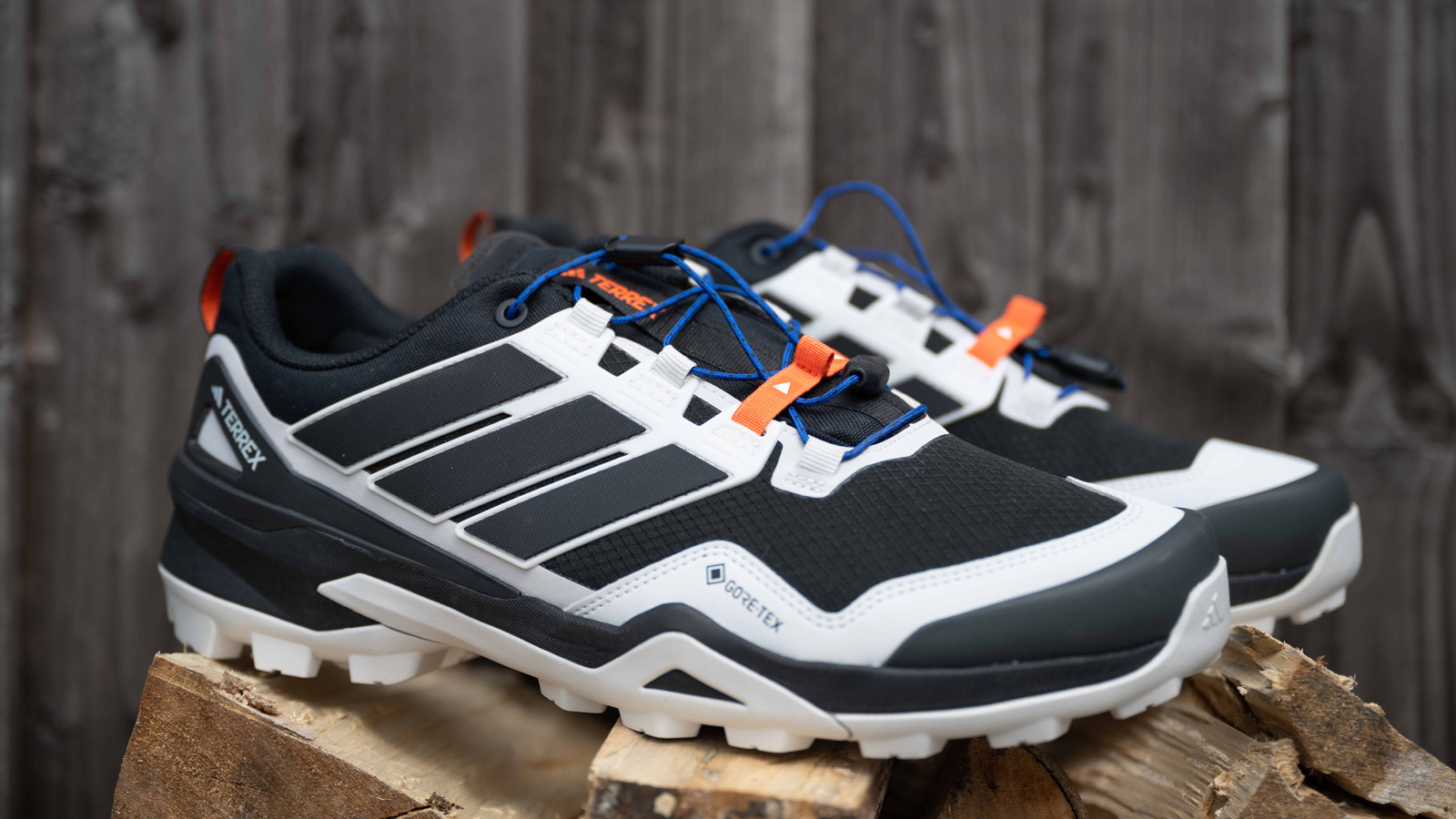
Adidas Terrex Skychaser GORE-TEX review: Stability king
Waterproof, grippy and surprisingly stable: the Skychaser GTX does it all
By Matt Buckley Last updated
-
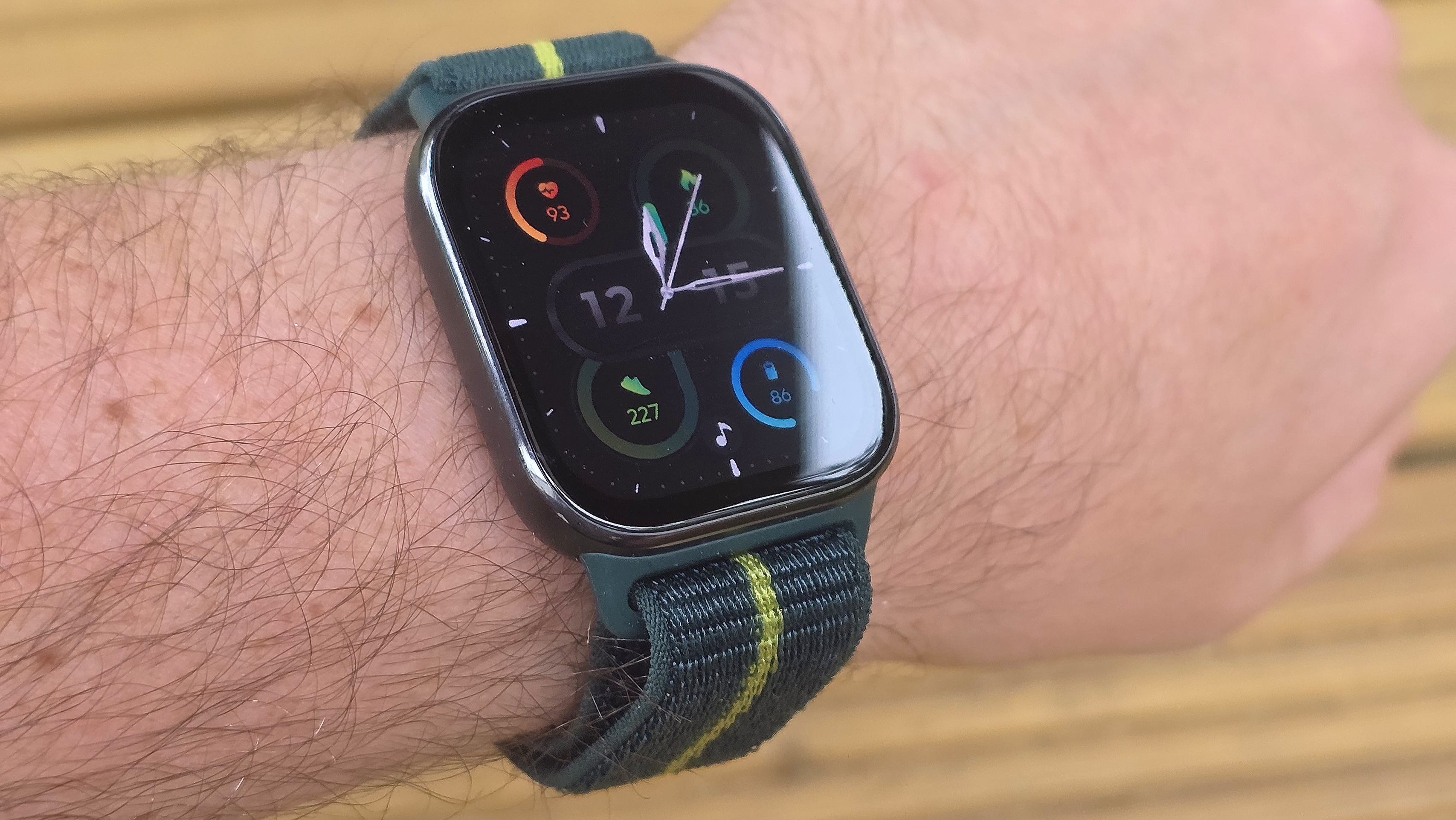
Amazfit Active 2 review: A budget-friendly smartwatch that punches above its weight
A cheap-and-cheerful Apple Watch lookalike with week-long stamina and 100 sports modes
By Lee Bell Last updated
-
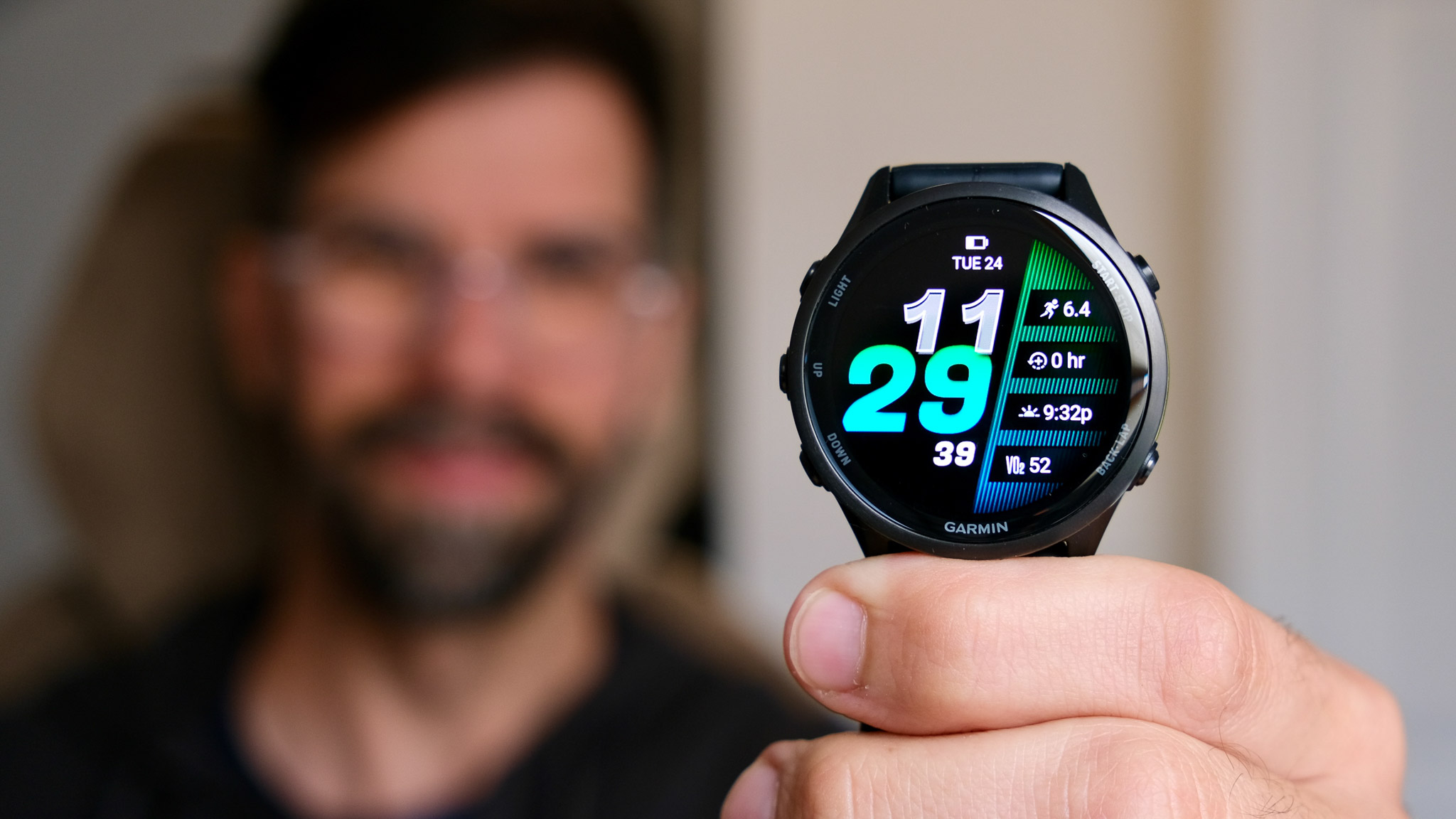
Garmin Forerunner 970 review: Best features, biggest flaws, and who it’s for
Garmin’s latest triathlon watch is packed with pro features, but only serious athletes will get the most out of it
By Matt Kollat Last updated
-
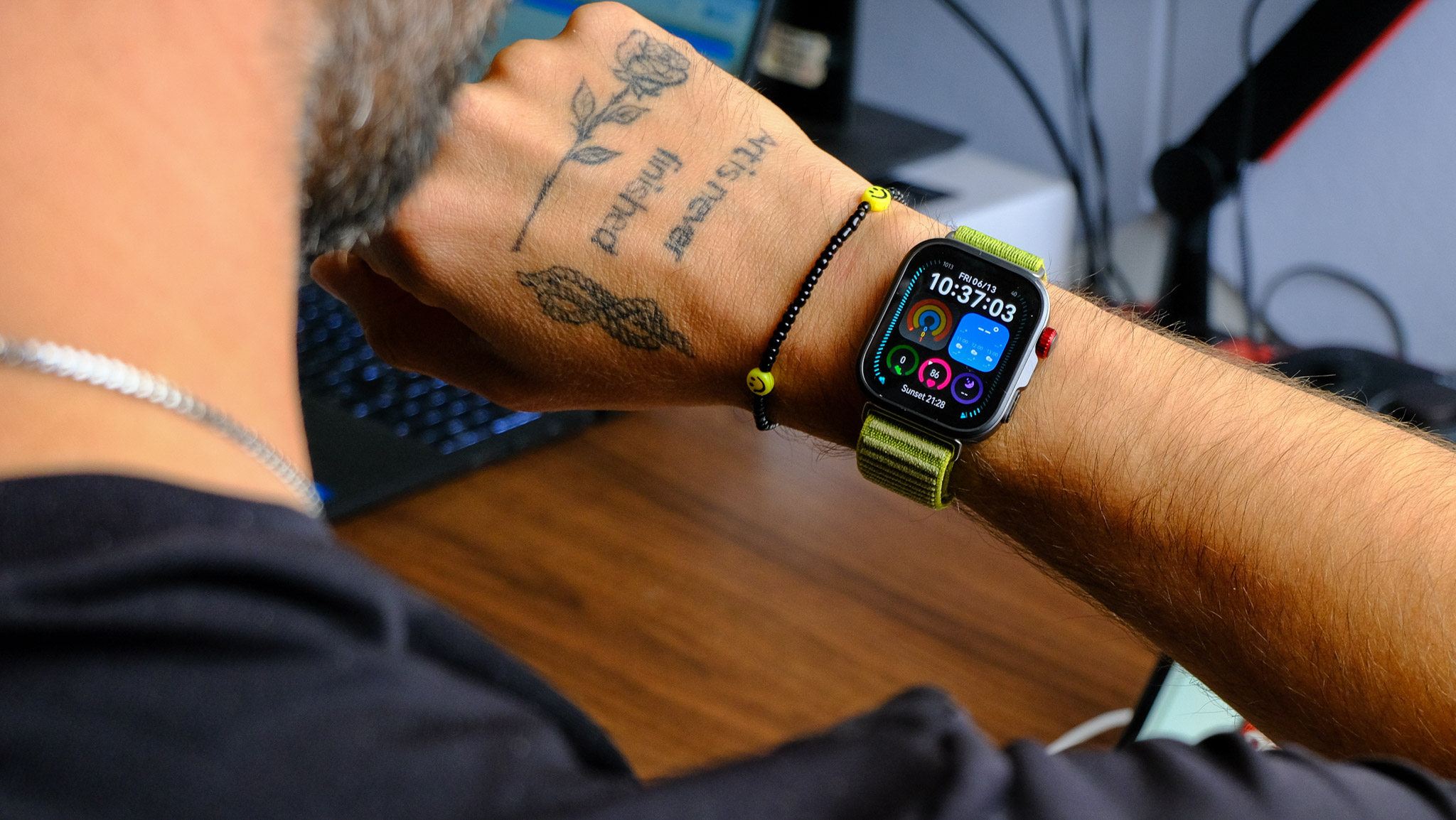
Huawei Watch Fit 4 Pro review: Honey, they shrunk the Apple Watch Ultra!
Huawei’s fitness-focused smartwatch just raised the bar for value
By Matt Kollat Last updated
-
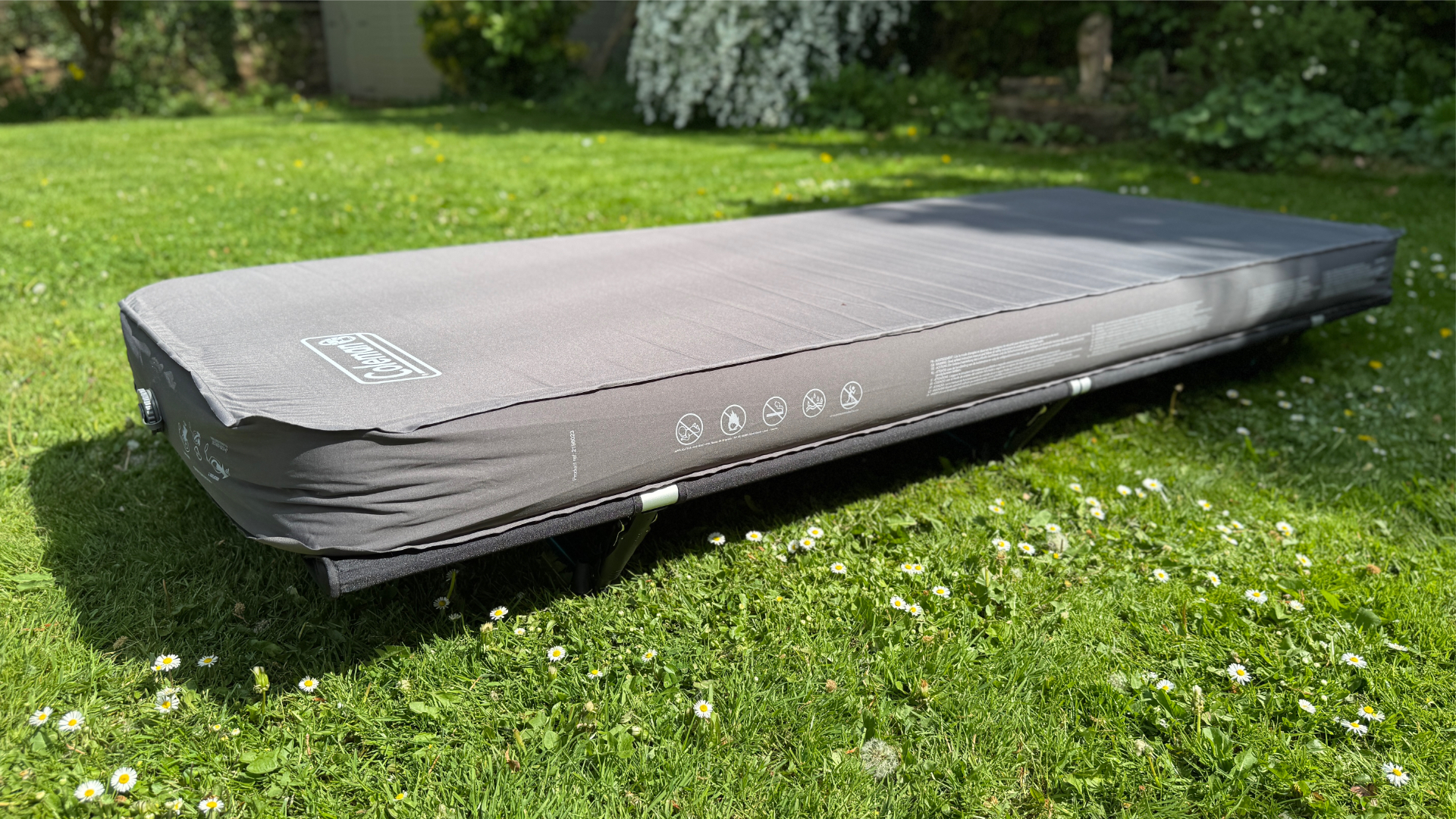
Coleman Supercomfort sleeping mat review: the fastest way to a good night’s sleep in the great outdoors
A self-inflating camp bed that rises to the challenge so you don’t have to
By Derek Adams Last updated
-

Garmin Venu X1 review: Garmin’s sleekest smartwatch yet, but is it worth the price?
Surprising design shift, big AMOLED screen, and serious fitness tracking prowess
By Matt Kollat Last updated
-
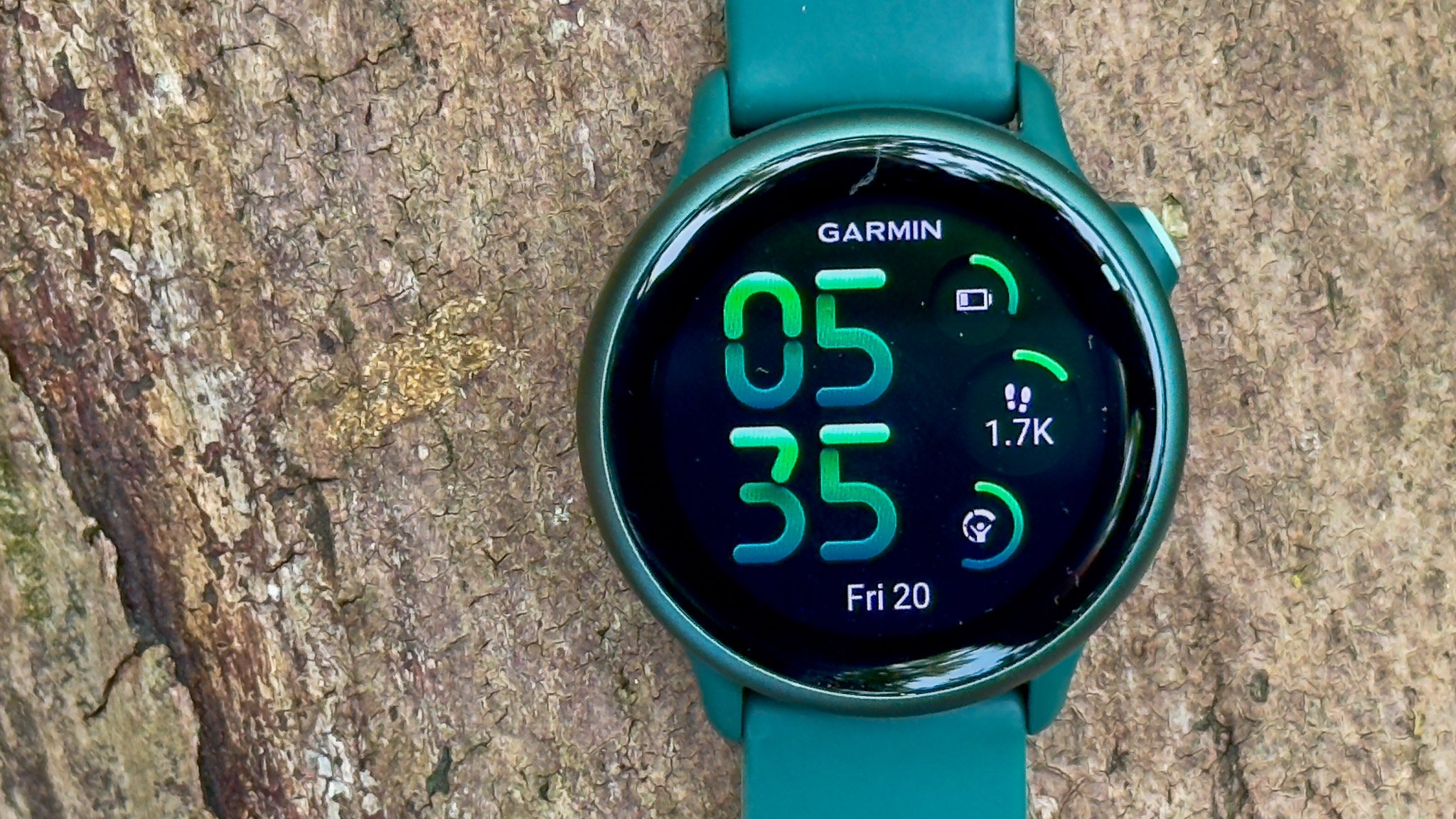
Garmin Vivoactive 6 review: a surprise hit for fitness, recovery and daily use
If you’re looking for an uncomplicated but feature-packed GPS, touchscreen smartwatch with built-in fitness coaching, consider this Garmin
By Matt Ray Last updated
-
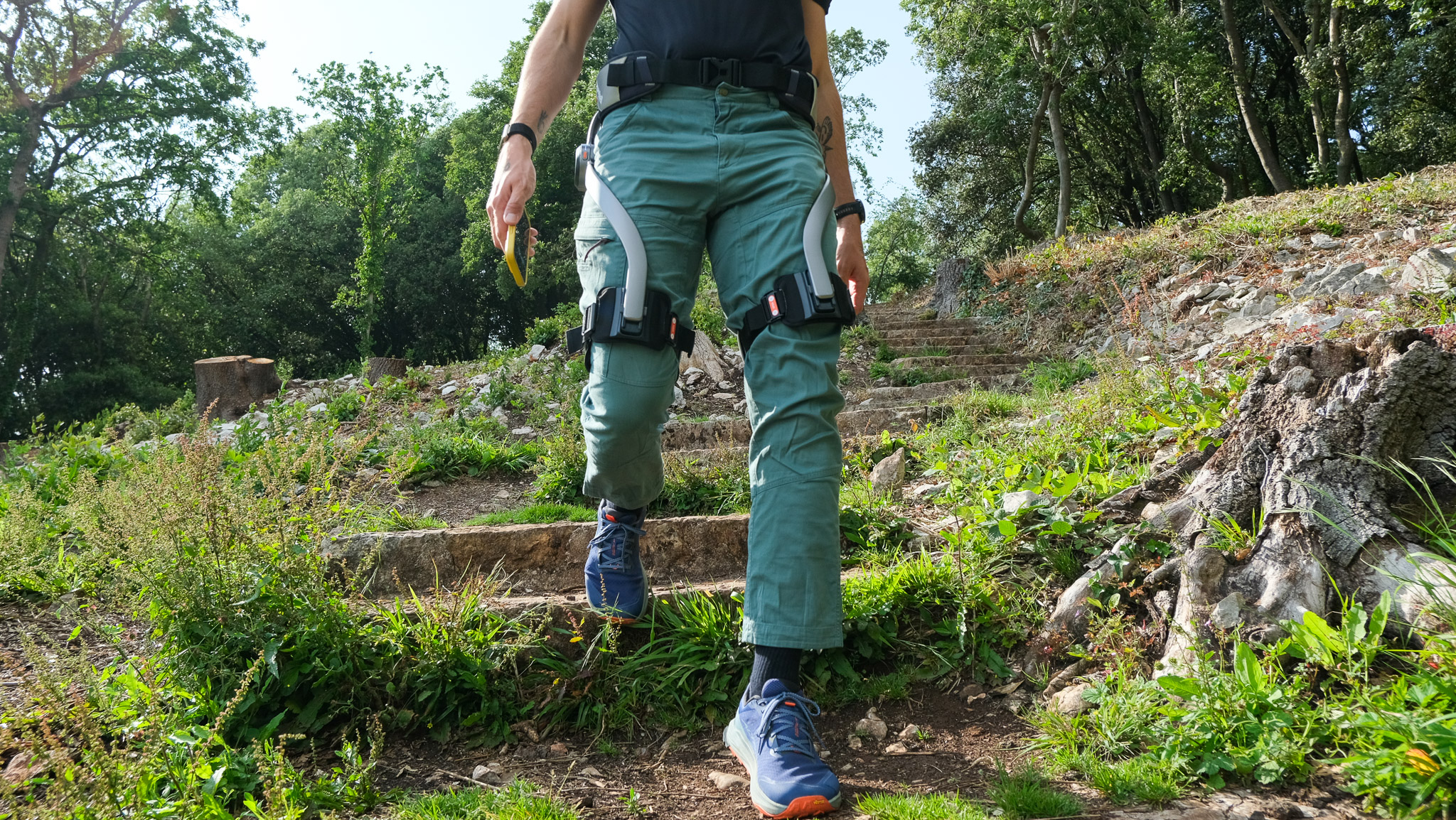
Hypershell X Series Exoskeleton review: AI-powered trail support at 2kg
I tested the Hypershell Pro X exoskeleton, and it’s fun, futuristic, and faintly ridiculous
By Matt Kollat Last updated
-
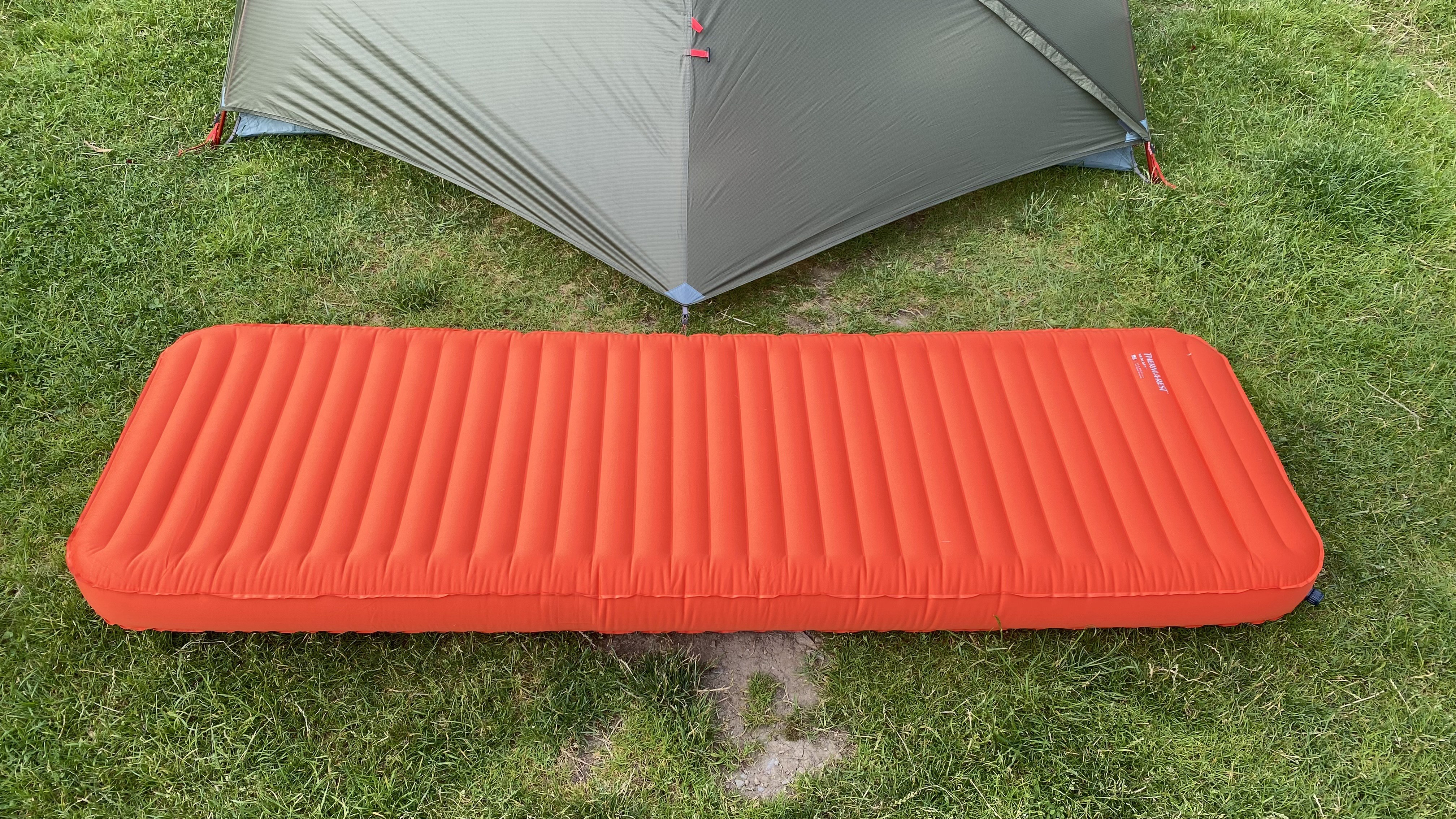
Therm-a-Rest NeoLoft Sleeping Pad review: The backpacking mat that feels like a bed
The NeoLoft serves up home-level comfort for overnight hikers
By Pat Kinsella Last updated
-
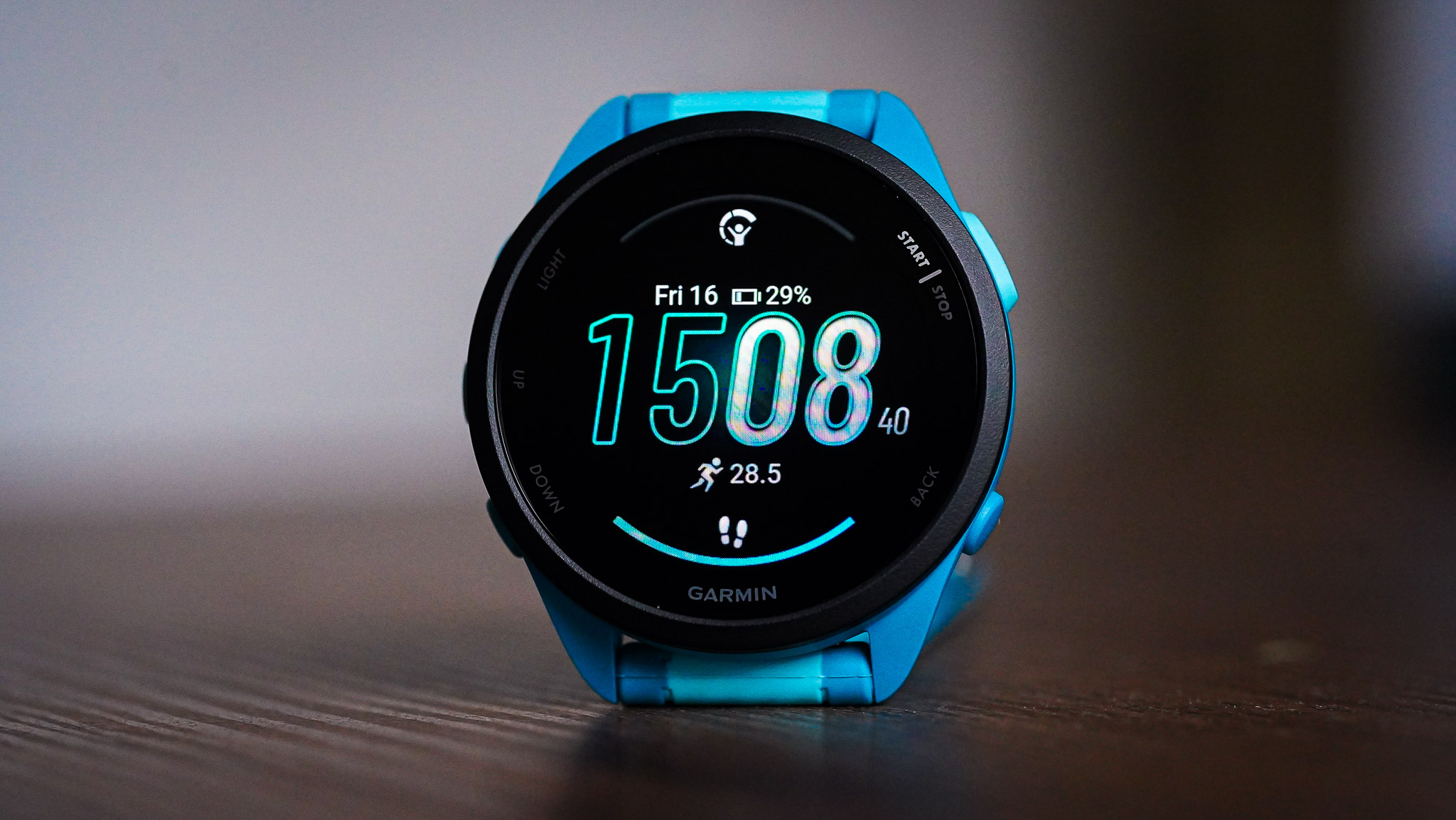
Argos is selling the Garmin Forerunner 165 for a ludicrously low price for Black Friday
Beginner-friendly running watch is going for peanuts at the moment
By Matt Kollat Published
-
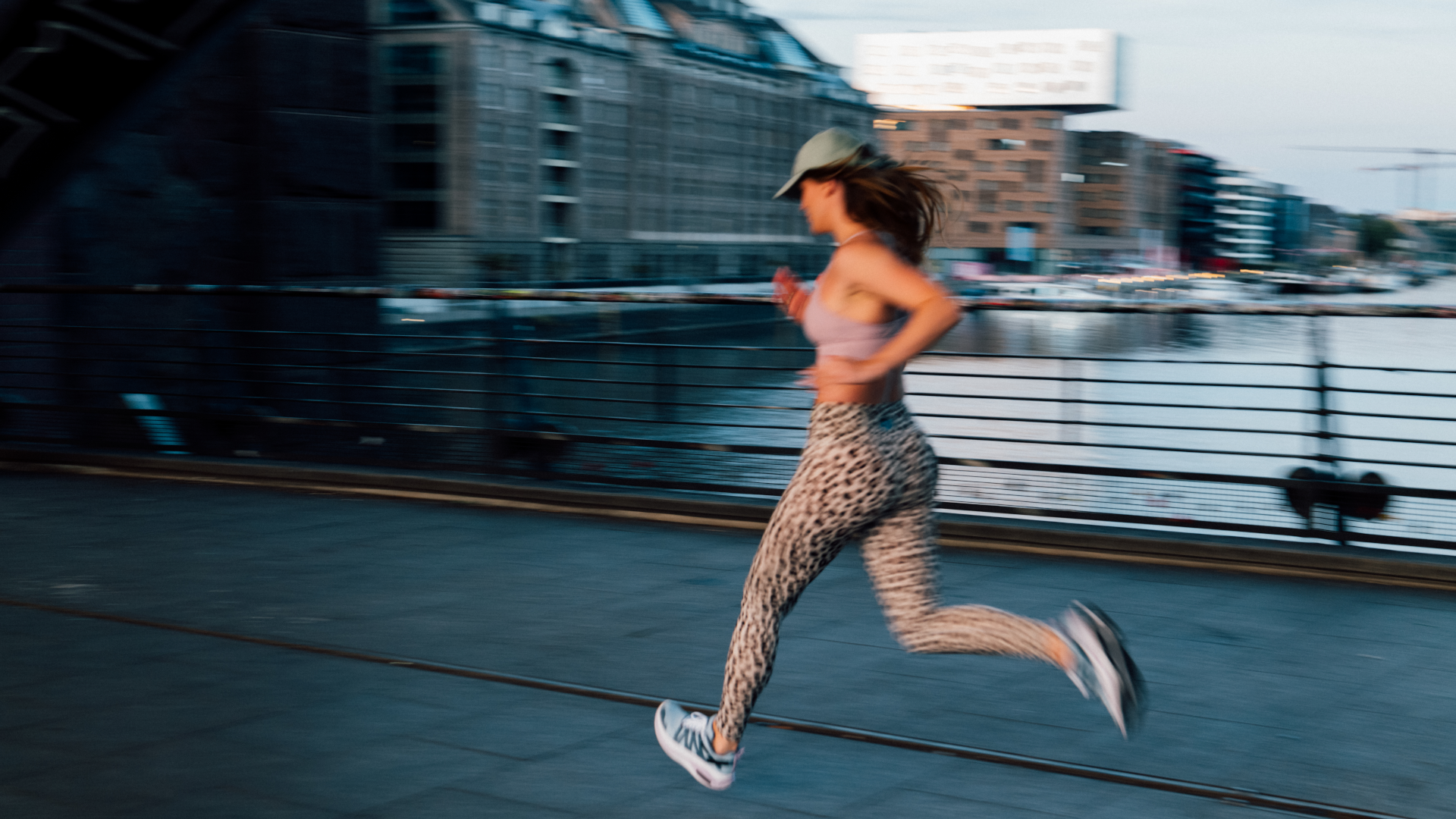
Want to run faster? A running coach recommends these 3 exercises for more speed
Add these three exercises to the end of your leg day or after your runs
By Bryony Firth-Bernard Published
-
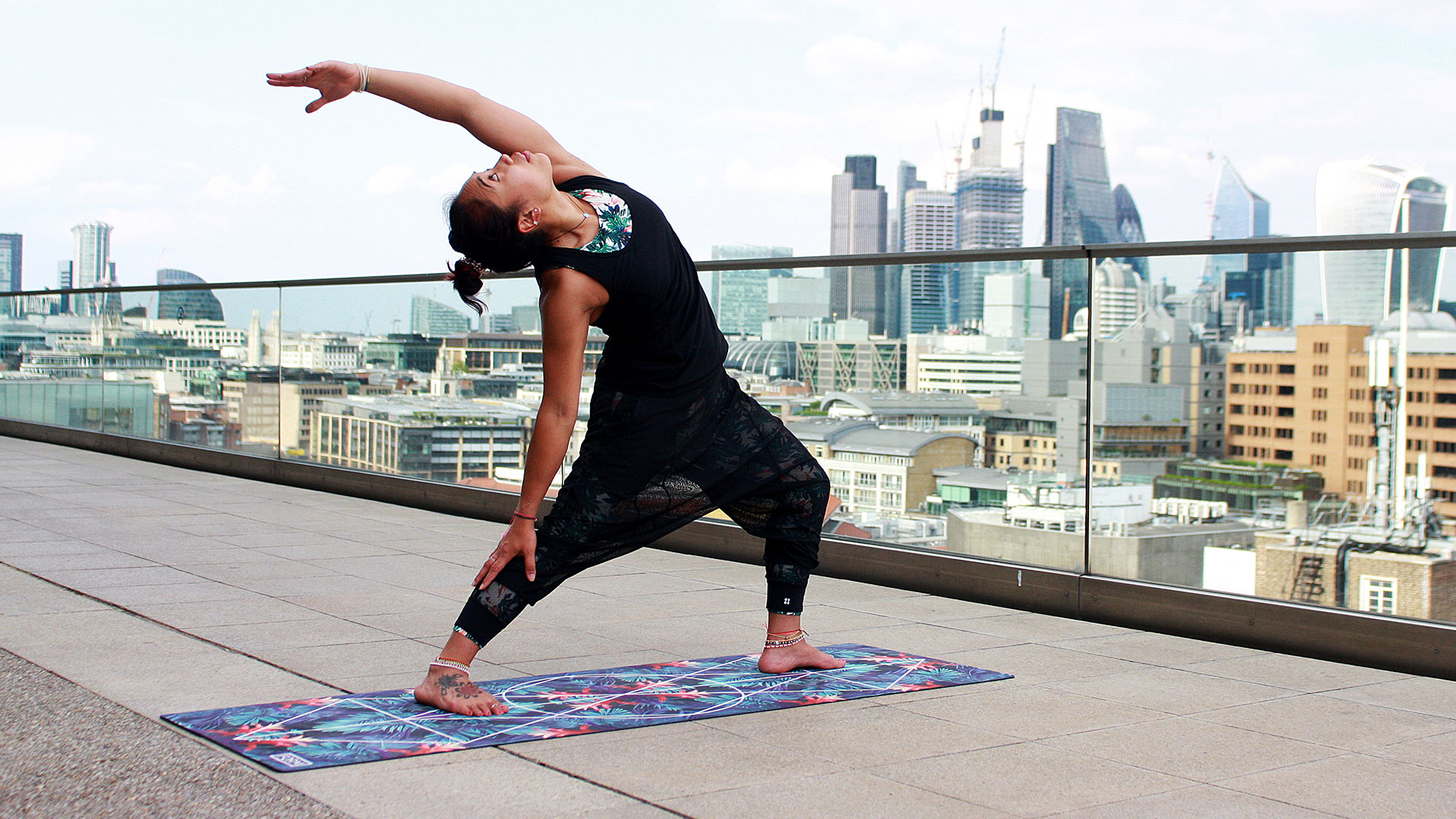
Best yoga mat 2025: outstanding mats for grip, comfort, style and versatility
Find the best yoga mats on the market for your yoga or Pilates practice, including rubber, PVC, cork and sustainable options
By Bethan Morgan Last updated
-

17 apocalypse-ready outdoor gadgets you’ll actually want to use before the world ends
Overbuilt, overpowered and outrageously useful: these outdoor tools prove that survival gear can be seriously fun
By Leon Poultney Published
-
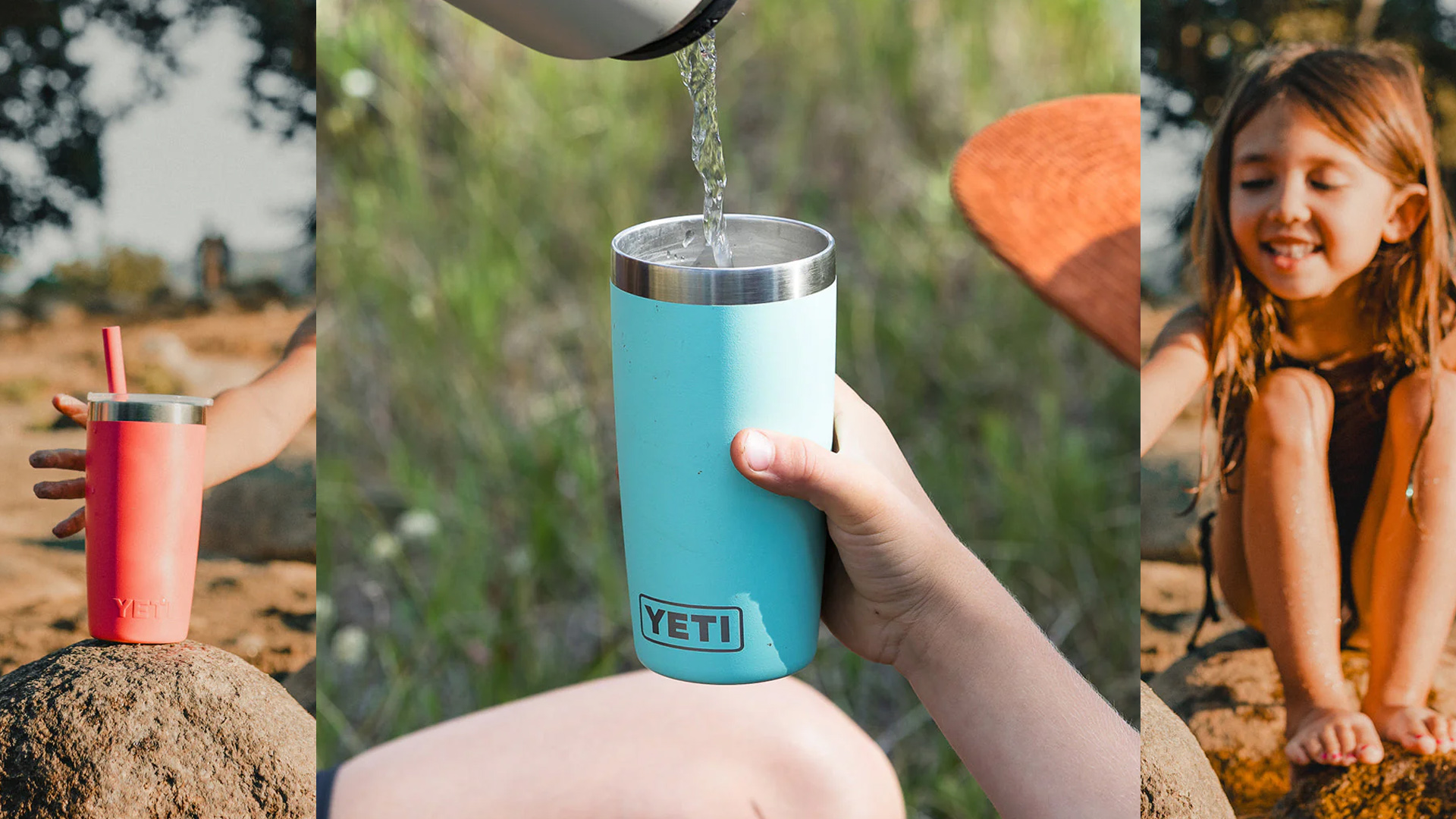
YETI shrinks its toughest tumbler for little adventurers
Now available in the UK, bringing YETI’s legendary toughness to small hands in a bold new colourway
By Matt Kollat Published
